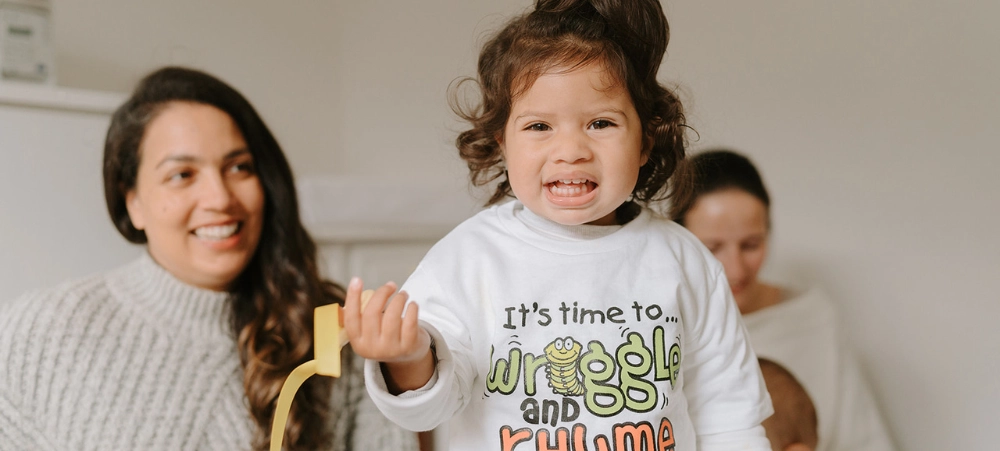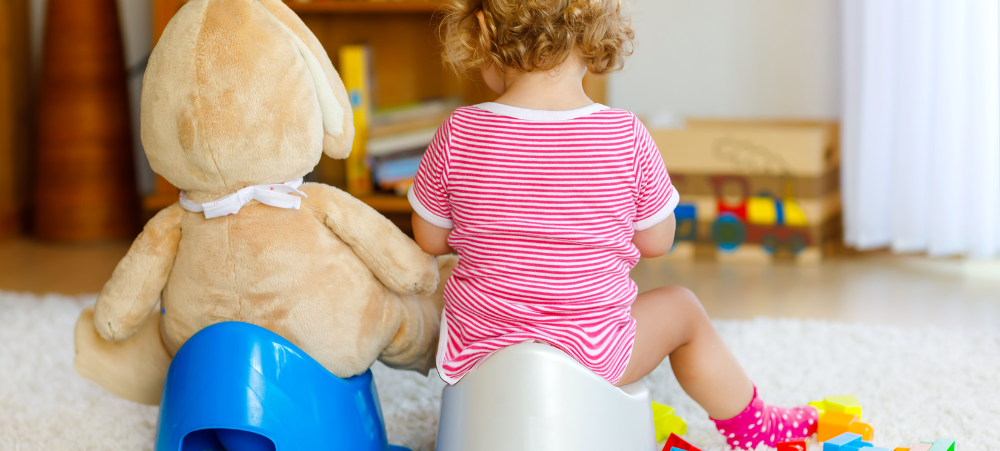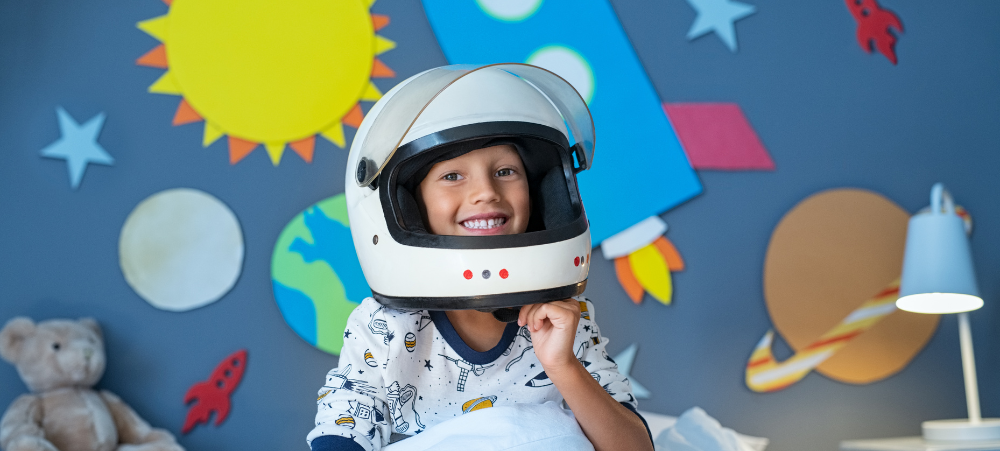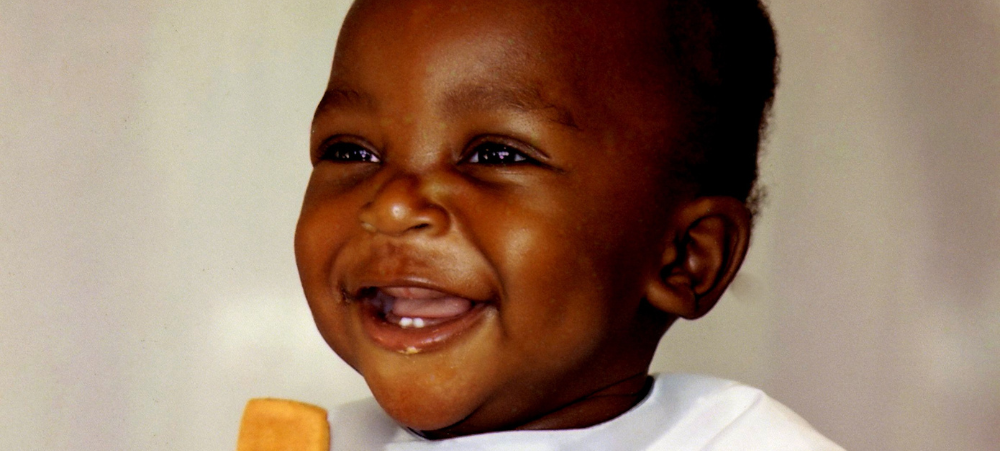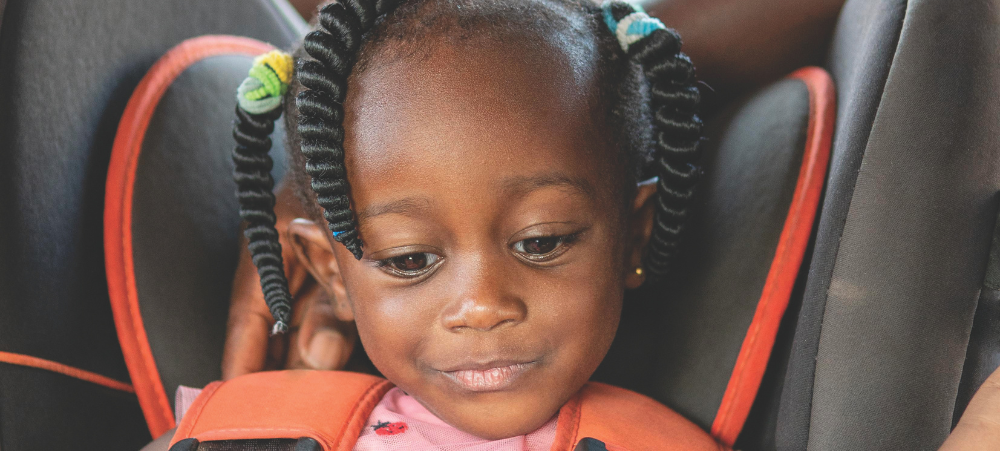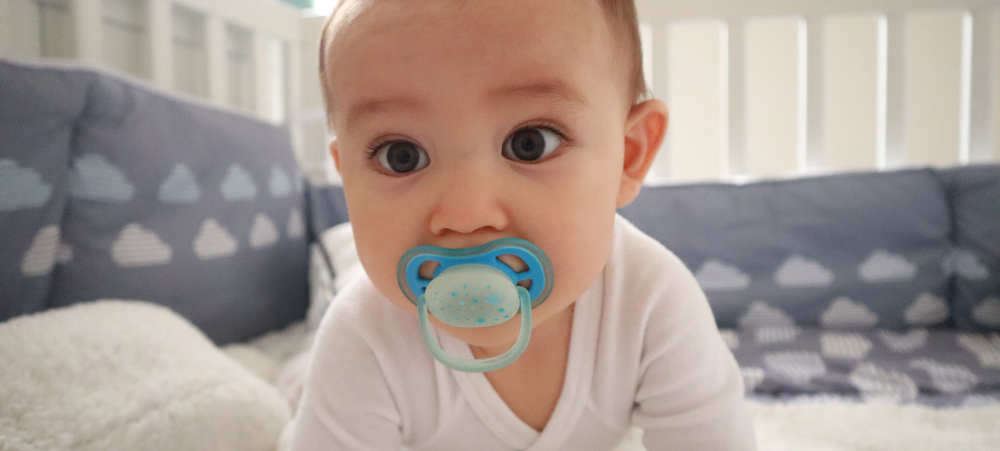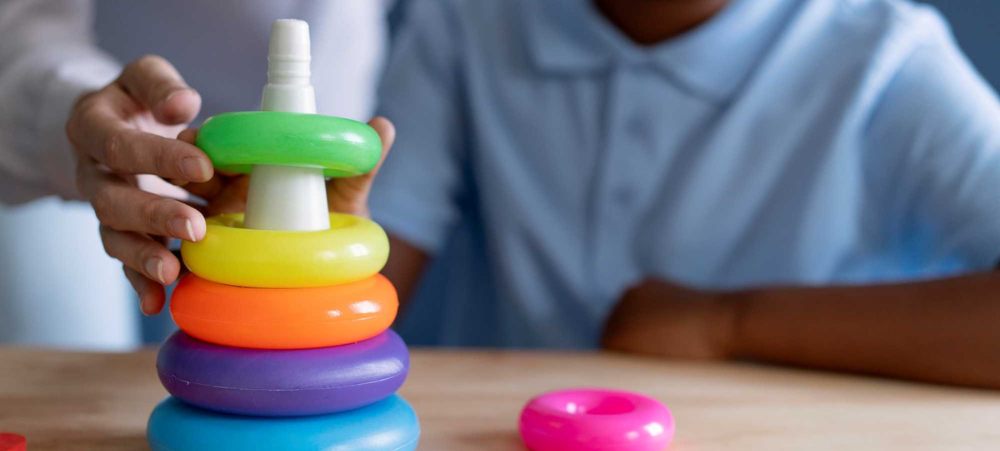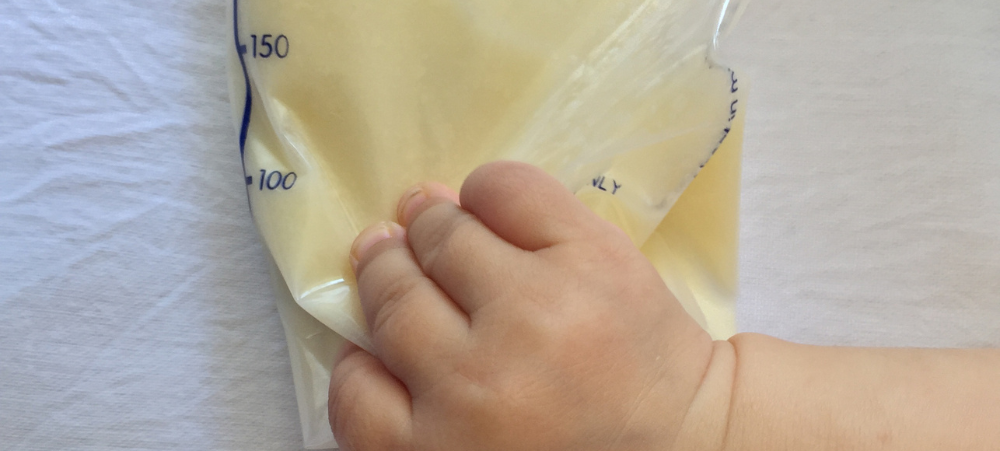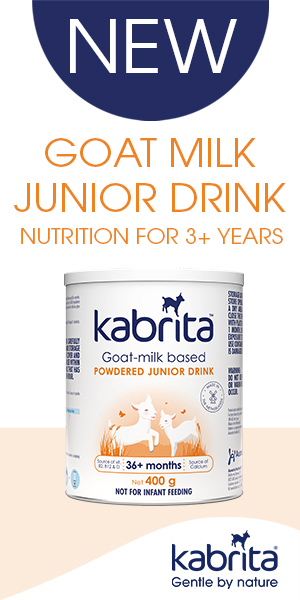
Post-Bath Skincare Rituals to Build Bonds with Your Baby
Bath time isn’t just about cleanliness; it’s a golden opportunity to strengthen the emotional connection between you and your baby. By turning post-bath care into a loving ritual, you nurture your baby’s delicate skin and build a foundation of trust, comfort, and love. Baby skin is remarkably delicate. Its outer layer is thinner than that of adults, more porous, and produces little to no sebum, which means it can’t retain moisture or regulate temperature effectively. Additionally, the skin’s natural protective barrier, known as the acid mantle, is still developing. These factors make baby skin prone to dryness and irritation, highlighting the importance of gentle, nourishing care products. Step 1: A Gentle Bath – The Start of Your Ritual Bathing is often a baby’s favourite activity, as the warm water mimics the soothing environment of the womb. However, to protect their delicate skin: If your baby cries after a bath, it might be due to the abrupt end to the warm, weightless sensation or hunger sparked by the excitement. Wrap your baby in a pre-warmed towel, offer soothing skin contact, and feed them, if necessary, before continuing with the skincare routine. Step 2: Nourishing Skincare – Hydrate and Protect Post-bath is the perfect time to moisturise your baby’s skin. Applying a light layer of product like Sanosan Baby Care Lotion, provides 24-hour hydration, thanks to its natural milk protein, organic olive oil, and chamomile extract. These ingredients soothe and nourish while forming a protective barrier to lock in moisture. For diaper care, opt for a protective ointment and allow your baby some diaper-free time. This prevents irritation and lets the skin breathe. Step 3: Baby Massage – The Ultimate Bonding Moment A soothing massage with Sanosan Baby Care Oil not only pampers your baby’s skin but also deepens your emotional bond. The oil’s natural ingredients, like sweet almond oil, organic olive oil, and sunflower seed oil, make it perfect for your baby’s sensitive skin. How to give your baby a relaxing massage: Sanosan’s baby skincare range is specifically designed for delicate skin, with over 90% natural ingredients and no harmful additives like parabens or silicones. Each product is enriched with clinically proven, skin-friendly ingredients, ensuring maximum safety and care. Plus, the brand’s commitment to eco-friendly, biodegradable formulas makes it a choice you can feel good about. For more information on Sanosan and their products, visit www.sanosan.com. Follow Sanosan on Facebook and Instagram for more tips and insights. Sanosan products are available at Babies R Us, Clicks, Amazon.co.za, Takealot.com, and Makro Online as well as https://medhealthsup.com/product-category/mother_child/sanosan/




